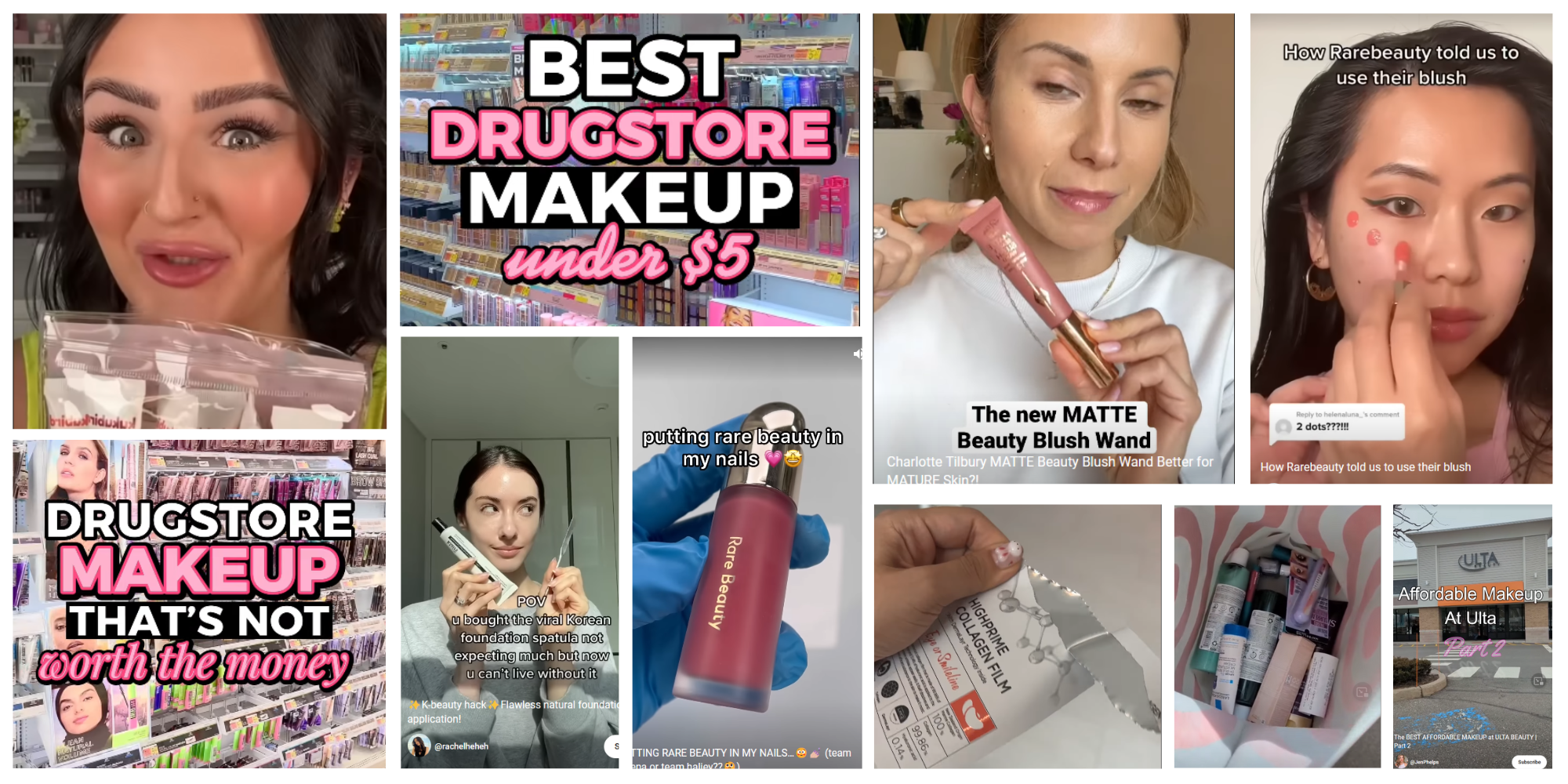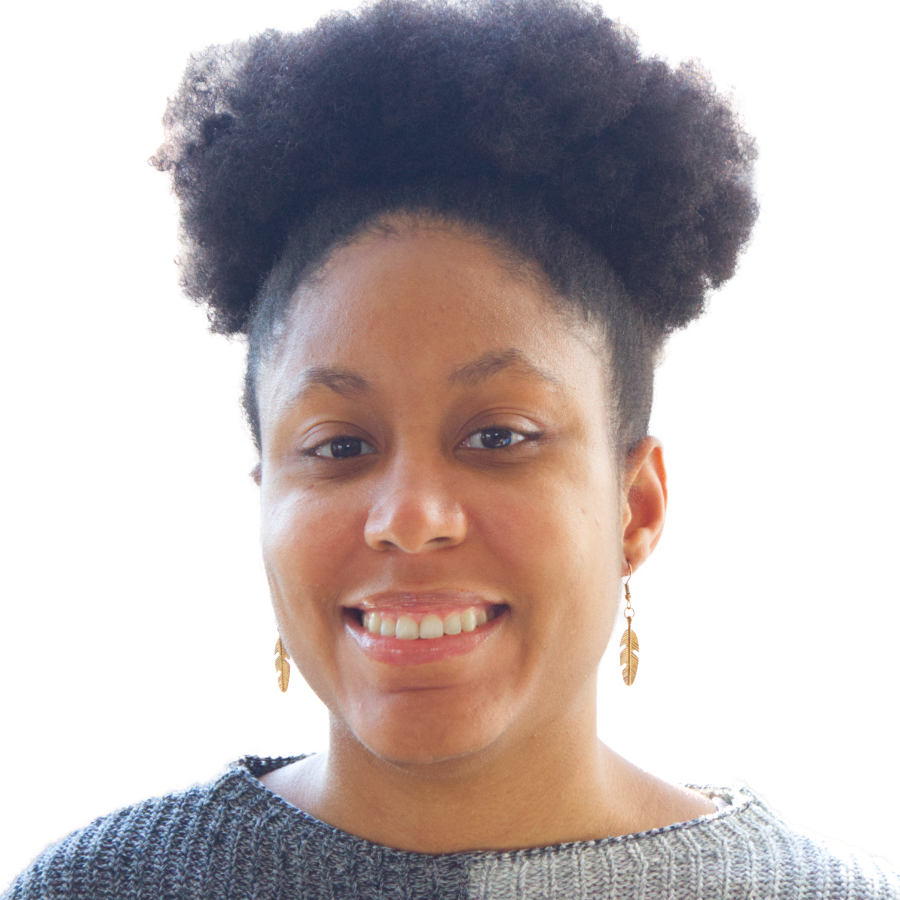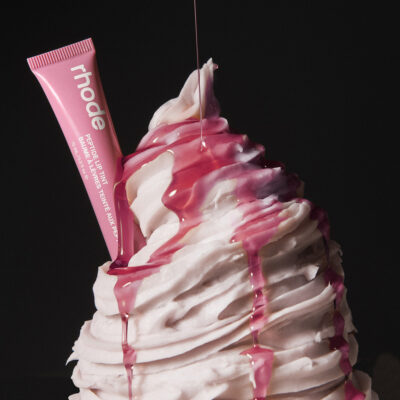
The Long And Short Of YouTube Shorts
With President Joe Biden and federal legislators threatening to ban TikTok from the United States due to concerns its Chinese parent company ByteDance will share user information with the Chinese government and the increasing difficulty of breaking through the crowds to land on For You pages, beauty brands are looking to alternative platforms to get noticed.
YouTube Shorts has emerged as an alternative platform they’re turning their eyes—and fingers—to, and there are many similarities between the entertaining and informative content creators upload to YouTube Shorts and TikTok to enthrall global audiences. Started in 2020 as a response to TikTok, YouTube Shorts features vertical short-form videos like TikTok. However, YouTube Shorts’ videos run 60 seconds or less, and TikTok videos can stretch to 10 minutes.
There are other differences, too. Julianne Fraser, president and CEO of the digital marketing consultancy Dialogue NYC, points out the nature of the platforms causes content divergence. She says YouTube Shorts is “a discovery-type content platform versus TikTok, which is very intimate. I think YouTube as a whole is used as an educational platform where people can really research recipes or how-tos.”
Beauty marketing strategist Sonia Elyss says, “The algorithms of those two platforms are working very differently. TikTok really does have a lot of performance-based metrics off on the sound that you’re using. What else is trending during that time? On TikTok, you’re really rewarded for more novel type of content.”
Both TikTok and YouTube Shorts have tremendous reach. YouTube parent Google recently reported that YouTube Shorts has surpassed 50 billion daily views, up from 30 billion a year ago when roughly 1.5 billion users watched Shorts monthly. TikTok has over 1 billion users, and Instagram has over 2.35 billion users.
One of the key differences between TikTok and YouTube Shorts involves monetization. YouTube has introduced a revenue program enabling Shorts creators to earn 45% of the revenue on ads running with their Shorts content. TikTok’s revenue share is slightly better for creators—the platform splits revenue with creators evenly—but YouTube has a lower threshold for creators to join its revenue program.
YouTube Shorts creators with 1,000 subscribers and 10 million views in 90 days can participate in YouTube’s Shorts program, and Anna Sullivan, founder of creative agency Creative Exchange, suggests it’s relatively easy for brands to work with them in-house in ways they’ve been doing for years. On TikTok, creators have to have at least 100,000 followers for revenue sharing. TikTok creators have complained about piddling pay from TikTok content, leading the platform to roll out a new program earlier this year with the goal of boosting their take.
Stanley Orchard, senior community engagement representative at YouTube optimization and channel management firm TubeBuddy, argues YouTube’s seemingly strong commitment to Shorts is alluring to creators and brands. He says, “The real value in Shorts and what I think makes them more valuable than TikTok for one [is] YouTube is putting a lot of money into Shorts.”
And he expects YouTube to continue to enhance Shorts. It was introduced rather hastily in a bid to fill a void in India, which banished TikTok and is home to the largest number of YouTube viewers worldwide. Orchard says, “They’re now improving it and making the adjustments that they need to catch up as far as the creator tools and the ability to use music at the link to the video.”
YouTube and TikTok serve different purposes and markets. While TikTok appeals to consumers of all ages, a meaningful majority of users on it are gen Z. YouTube Shorts skews slightly older. The majority of YouTube users are from generations older than gen Z. Of course, the demographic mix could change if TikTok is exiled from the U.S. and YouTube Shorts makes greater inroads into gen Z’s screens.
Elyss explains YouTube Shorts is beneficial for beauty brands because YouTube is well-known for beauty. “People are already going there to learn so many things, especially within the beauty community,” she says. “It was one of the first places we saw beauty monetized by creators and brands. The audience is just much wider.”
Elyss mentions that YouTube users are accustomed to longer content, and creators can give them in-depth insights. She says, “Between the breadth of the viewer and audience that’s already there, the trust is so huge. They’re already trained to watch for such long periods of time that shorter content is probably more likely to have a full watch through time.”
“The more you use them early on as an early adopter, the channels really like that.”
Elyss commends short-form beauty videos for capturing “pigment colors correctly, swatching application methods, the discussion of education around ingredients.” She adds, “These topics can all be tackled with short-form video and really educate that end consumer on what they are getting so that we can create more loyalty for the brand…Short form would be my go-to right away for everything. I find it even more important than any sort of still image on a website. I’d much rather see the bottle in action.”
Sullivan urges brands to seize the YouTube Shorts opportunity. At the beginning of Instagram in the 2010s, she says, “It was this huge place for anyone to chat with anyone and get discovered. The more you use them early on as an early adopter, the channels really like that.”
Brands that jump on YouTube Shorts are likely to be afforded algorithm advantages prior to the platform becoming saturated. Sullivan says, “The more you can use the features as soon as they come out, that’s going to help leverage what you’re putting out there.”
Fraser doesn’t advise indie beauty brands to produce how-tos and tutorials that emulate existing content on YouTube. Instead, she advises them to conceptualize unique content that can be worthwhile for potential consumers. Fraser cautions, “There’s no purpose of kicking off with a YouTube Short strategy unless you have the time and the money and the resources to really manage it.”
Before diving into YouTube Shorts content, Orchard counsels brands to get familiar with the platform and content effective on it. He says, “You need to watch Short content. Watch the stuff that pertains to your brand and watch it through the eyes of somebody learning what works.”
The next step is analyzing the content. Orchard says, “Why did you swipe past that video? Why did it not work for you? When you stay on a video, why did you stay on that video? What kept you there? Take notes of the style that works for you, and get an idea of, I like what this creator did, but I would’ve changed these couple of things.”
With her clients, Elyss says she maps out “the communication points for each product in advance so that, when we have the video, we can easily overlay text that makes sense per product. That might seem like something simple, but, without those things, you’re always thinking, ‘What am I going to say about this?’”
YouTube Shorts content shouldn’t be exorbitant. Fraser says it “doesn’t require a studio or any specific equipment. That’s the beauty of YouTube. So, in terms of getting the ball rolling and starting with content creation, that can be pretty turnkey.”
“When you only have yourself and a very limited budget, you would be surprised how much you can achieve.”
Orchard agrees, saying, “It doesn’t require a lot. You don’t need big expensive cameras, you don’t need expensive lighting. You probably do need to invest in something for sound design more than people think. It’s a highly underrated aspect of the entire experience, but, otherwise, it’s not required.”
Outside agencies can be costly. Elyss offers a service called Lip Service Content, which generates beauty content from beauty creators, that starts at $2,500, but agencies often charge greater amounts. Brands can negotiate with individual creators for lower fees, and they can shoot on their own with iPhones.
“You would be shocked how many times I tell people not to hire professionals, and I don’t want to say that in a way that’s demeaning towards beauty photography or beauty creators because, of course, the content is tenfold,” says Elyss. “But when you only have yourself and a very limited budget, you would be surprised how much you can achieve with excellent natural light tile samples from Home Depot and your own iPhone.”
YouTube Shorts content incorporates voiceovers, on-screen text and more. “We encourage people to always shoot on their iPhone to keep everything inside the iPhone,” says Elyss. “The consumer is viewing all of this on their iPhone primarily. I would say 95% even on Shorts is being viewed on an iPhone. So, go minimal. Work smarter and not harder.”
As brands embraced TikTok, they began to understand that their TikTok following isn’t as crucial as their Instagram following. Same goes for YouTube Shorts. “Followers are pretty much a vanity number,” says Sullivan. “With how good the algorithms are, your content’s going to get fed to the right people and even consistently without them following you. So, that’s not nearly as big of a deal as brands make it seem.”
Orchard recommends brands ignore subscriber counts as well. “It is responsible for a whole lot of stress in people’s lives,” he says. “People judge the value of your content based on a subscriber count, and that is absolutely ridiculous. Your content should be judged by the quality of what you’re creating.”
Fraser highlights that the good news for brands is that YouTube provides thorough analytics. She says, “YouTube in particular has some of the strongest analytics across all social platforms, not only in terms of audience demographics, but being able to measure engagement, the length of views on videos, click-throughs, all of that content is available on the backend of YouTube, and it’s some of the most robust as compared to Meta and TikTok.”
Fraser emphasizes that brands should consider the entire picture when examining metrics. She says, “I always encourage our clients to have a holistic approach because you set yourself up for failure if you are launching with Shorts and you’re only measuring the direct returns of one video. That’s just not realistic to be able to measure impact.” Elyss tells brands not to think about views or clicks for at least two quarters.
Along with views and clicks, saves and shares are metrics to pay attention to. “People that are saving your content because either it provided some type of value or they want to remember it and reference it later or they shared it with someone else that’s just increasing your impressions and hopefully the chain goes on with that,” says Sullivan. “Views matter because, the more views you get, the more social channels look at you and continue to push up your rates.”
Orchard stresses brands should establish authority in their niches with at least 100 videos. At the 100-video mark, analytics better reveal what’s working and what’s not working. “When you get to that 100-video mark, you need to be paying attention to your video retention and the click-through rate,” he says. “Without those two metrics, you are absolutely flying blind. Those are the two most important and integral analytics for everything that you do.”





Leave a Reply
You must be logged in to post a comment.